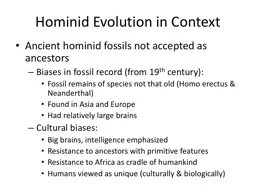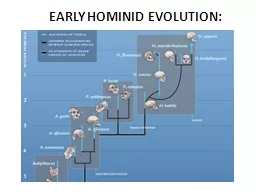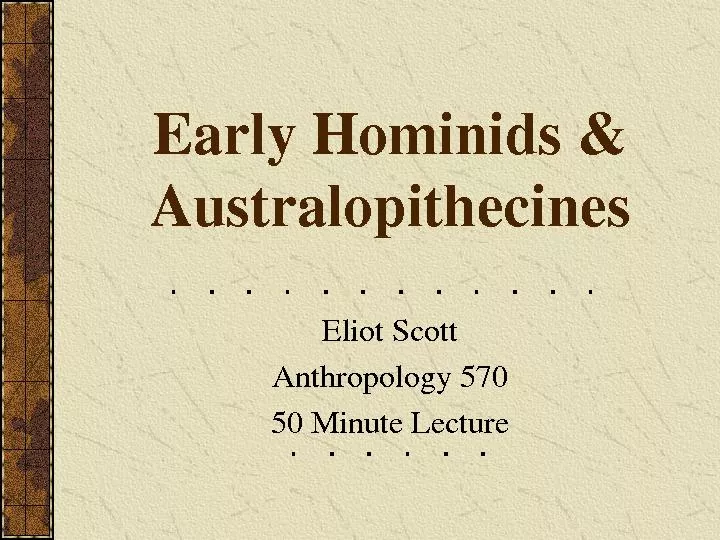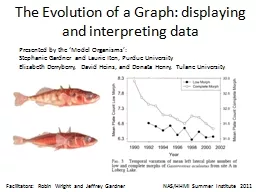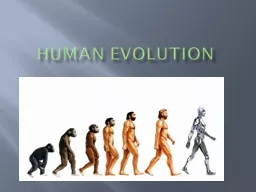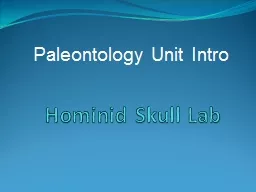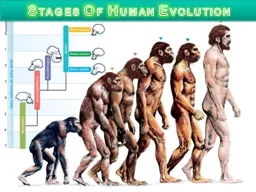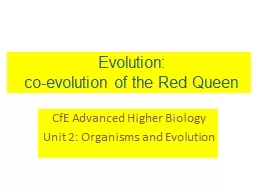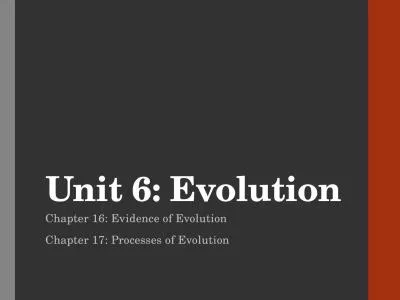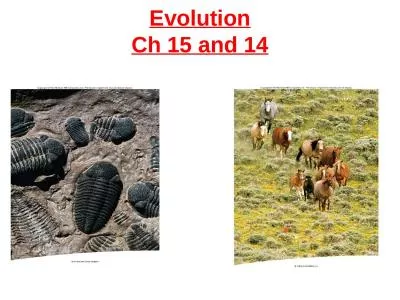PPT-Hominid Evolution in Context
Author : marina-yarberry | Published Date : 2017-05-03
Ancient hominid fossils not accepted as ancestors Biases in fossil record from 19 th century Fossil remains of species not that old Homo erectus amp Neanderthal
Presentation Embed Code
Download Presentation
Download Presentation The PPT/PDF document "Hominid Evolution in Context" is the property of its rightful owner. Permission is granted to download and print the materials on this website for personal, non-commercial use only, and to display it on your personal computer provided you do not modify the materials and that you retain all copyright notices contained in the materials. By downloading content from our website, you accept the terms of this agreement.
Hominid Evolution in Context: Transcript
Download Rules Of Document
"Hominid Evolution in Context"The content belongs to its owner. You may download and print it for personal use, without modification, and keep all copyright notices. By downloading, you agree to these terms.
Related Documents

